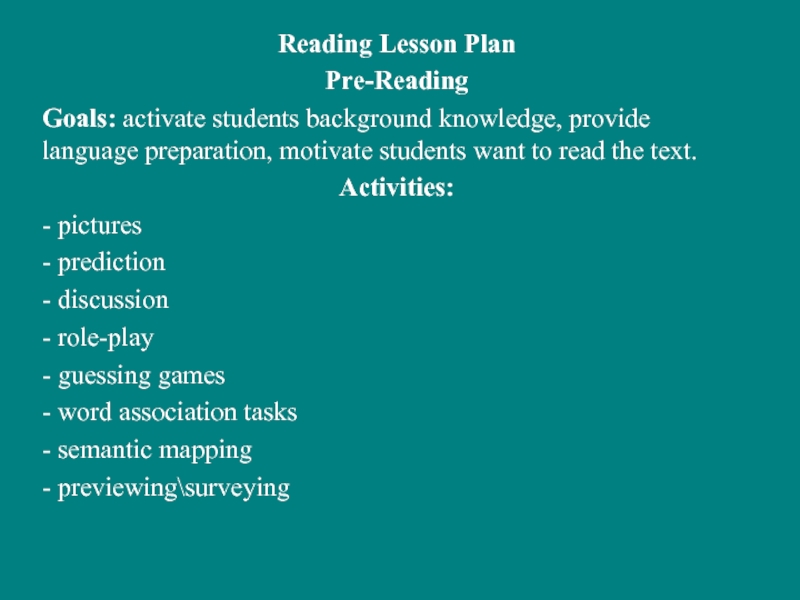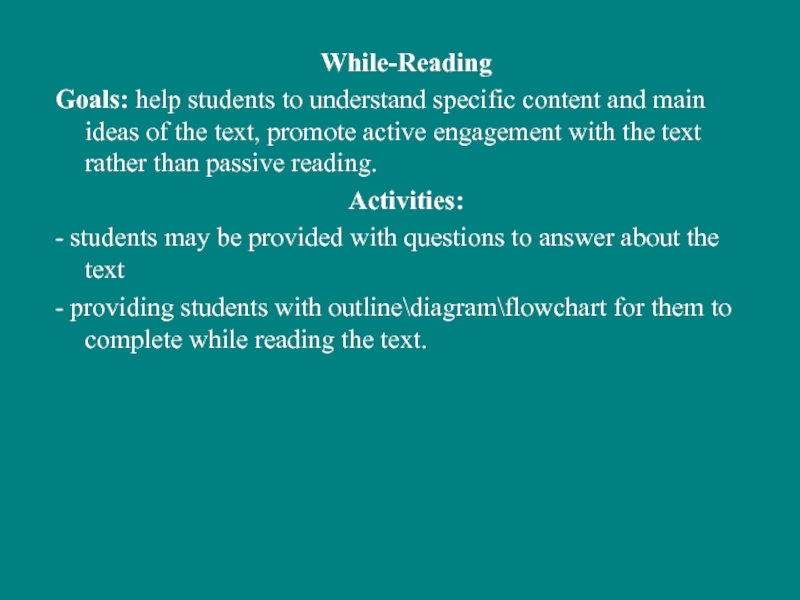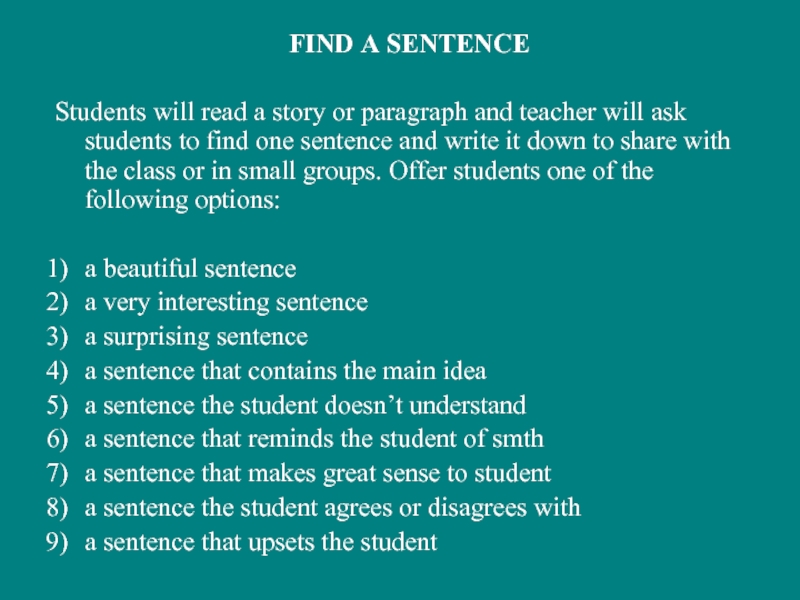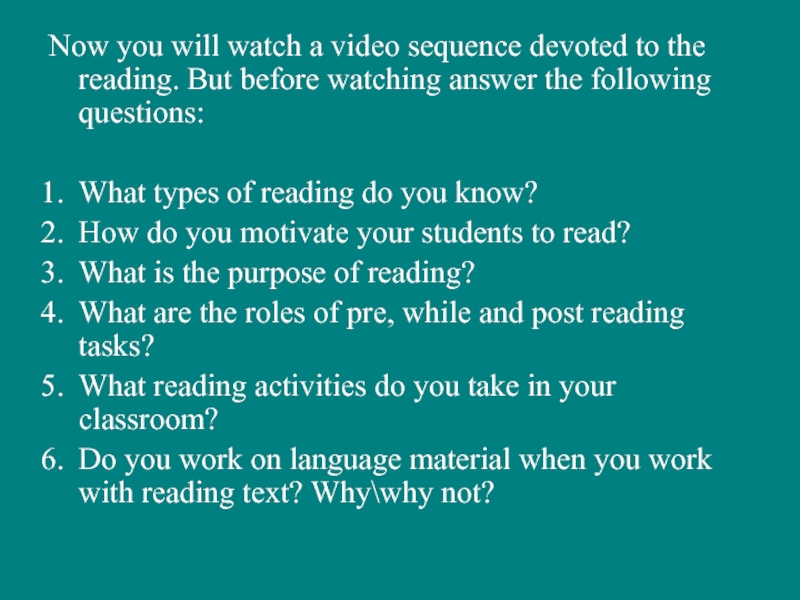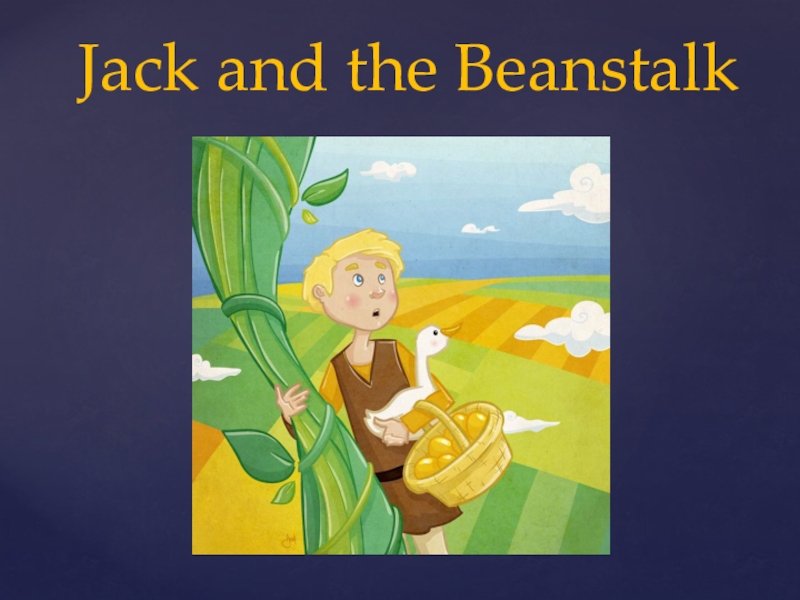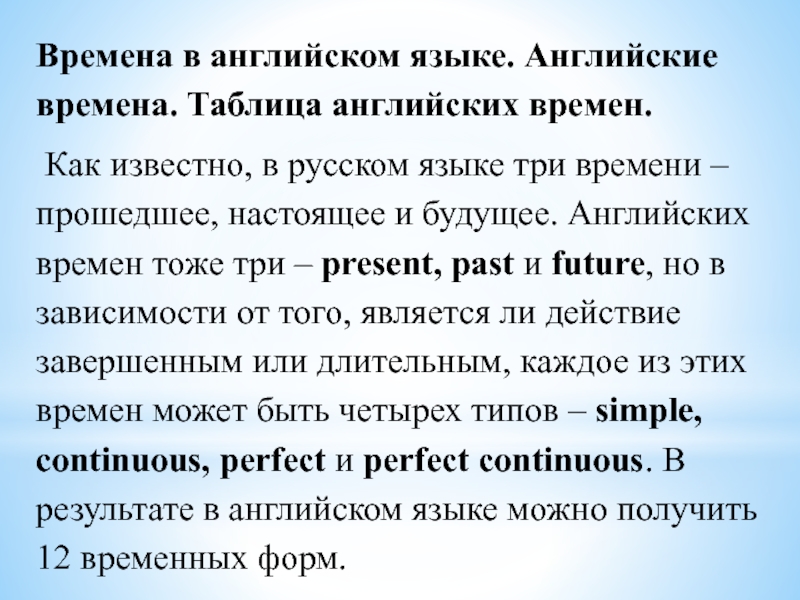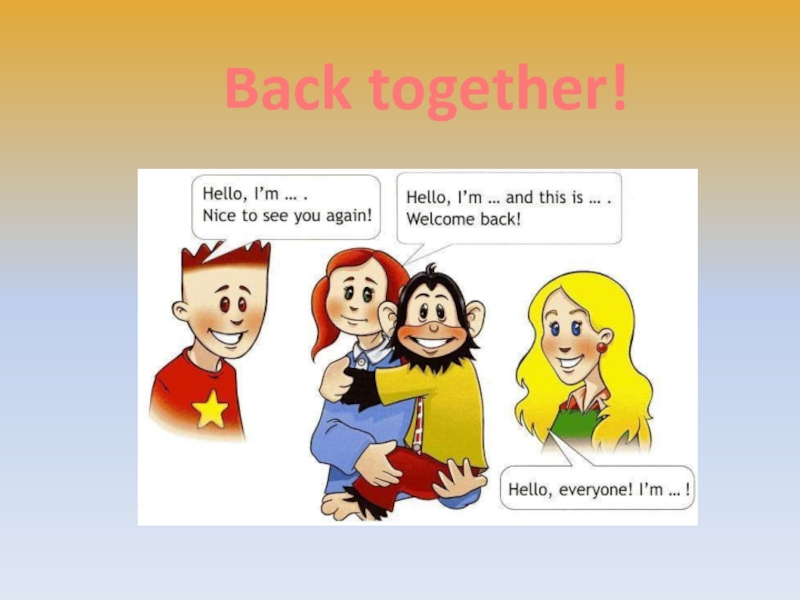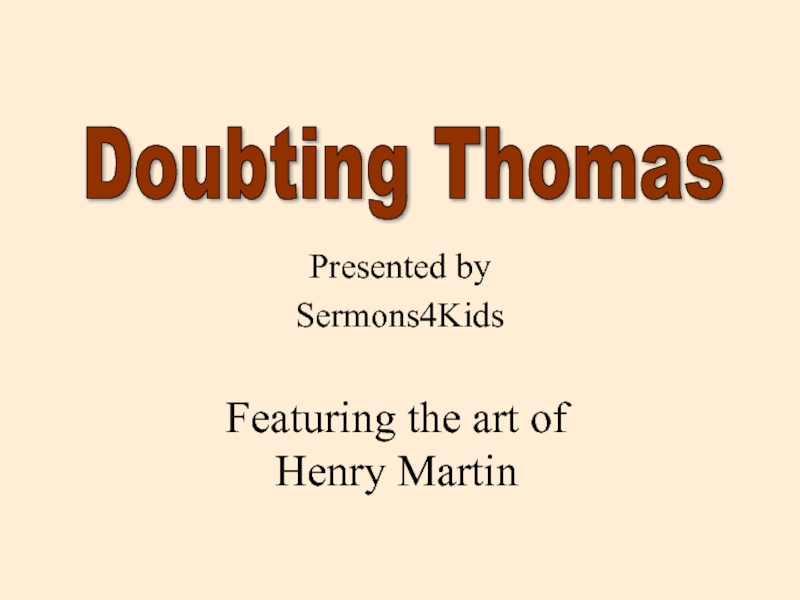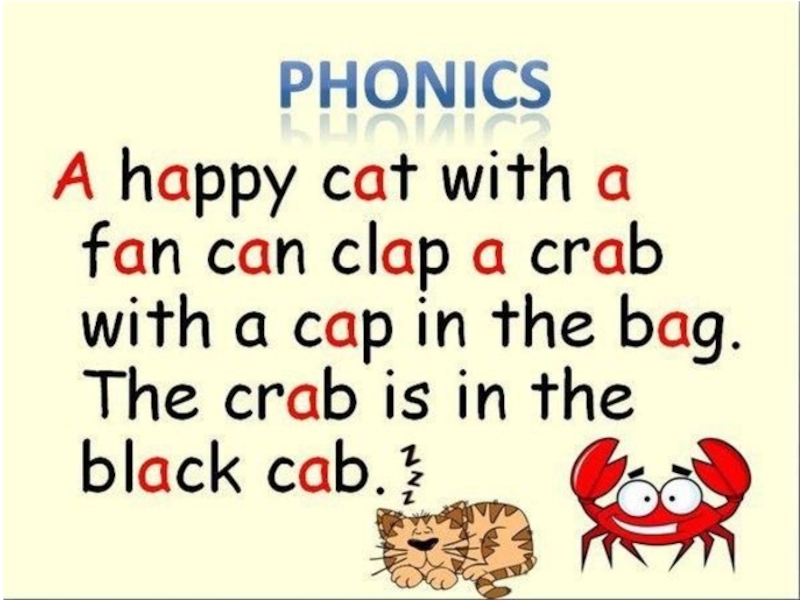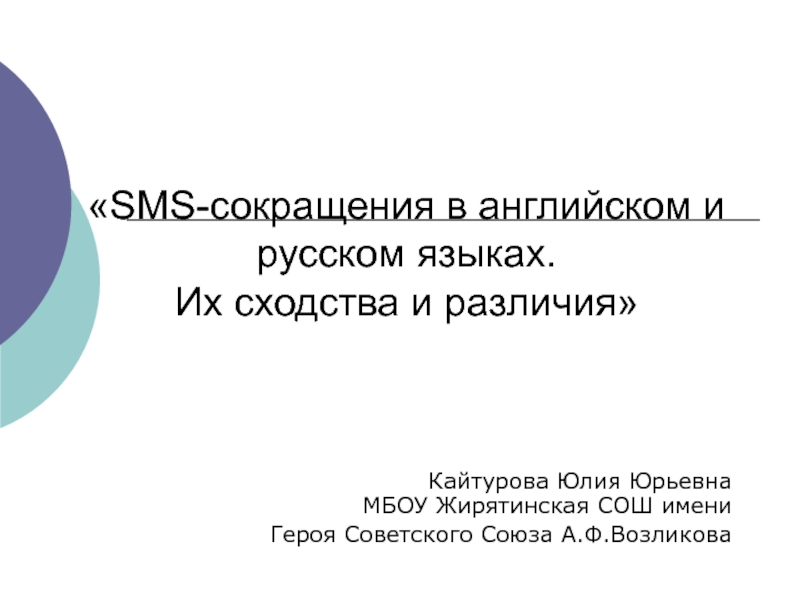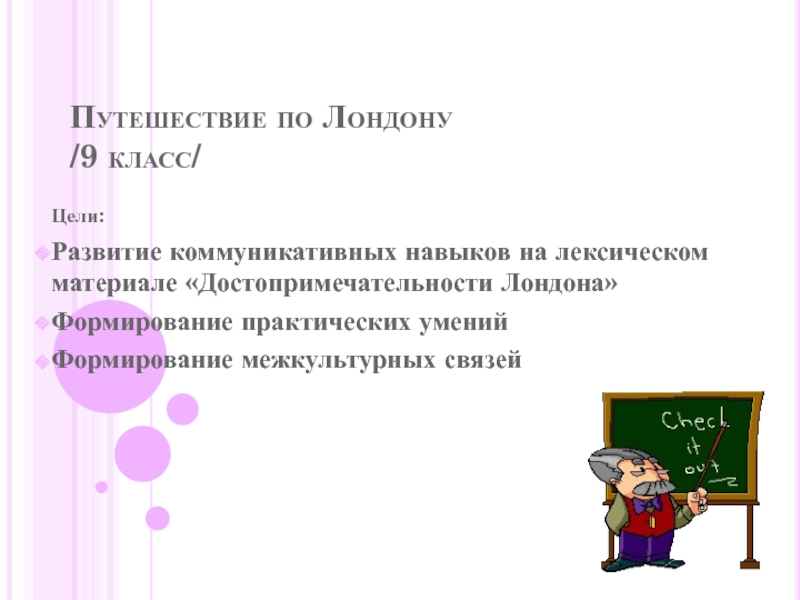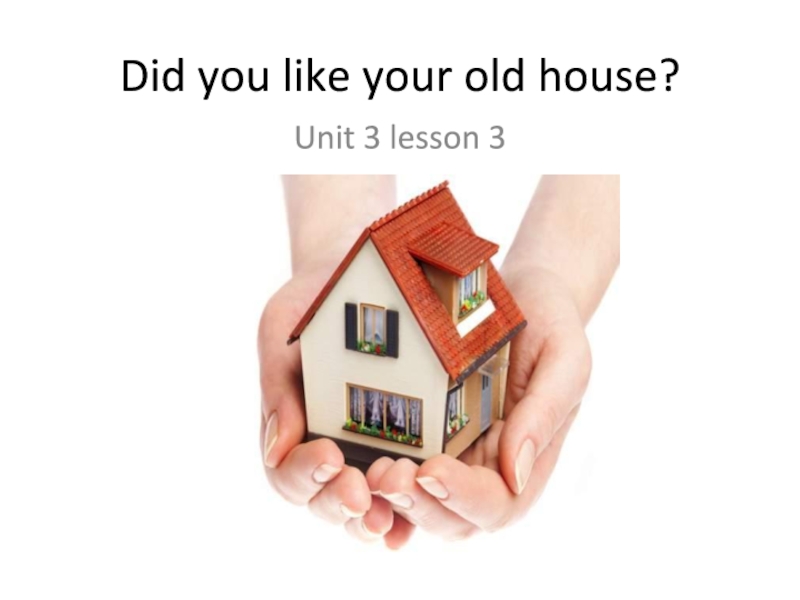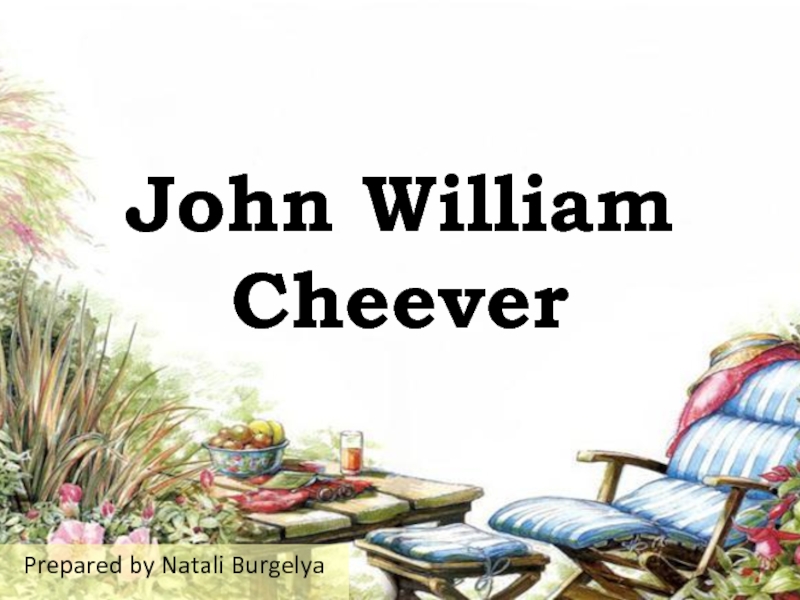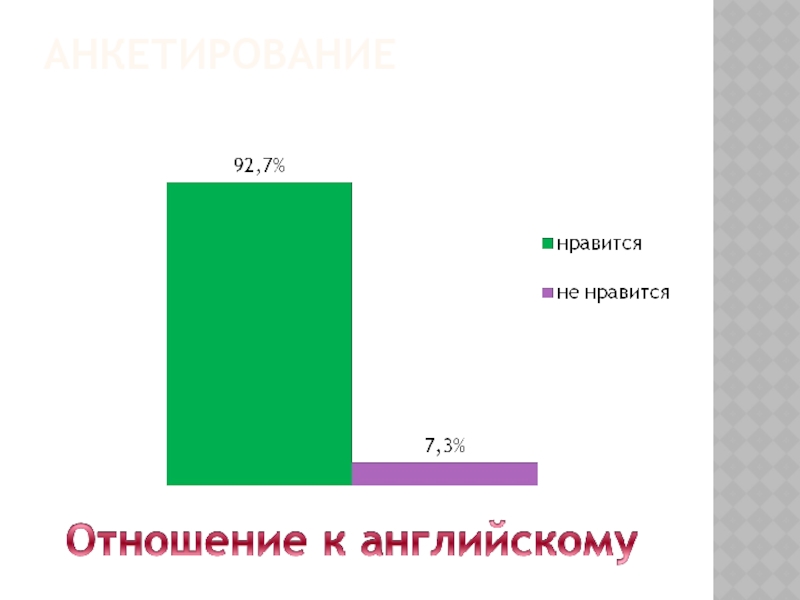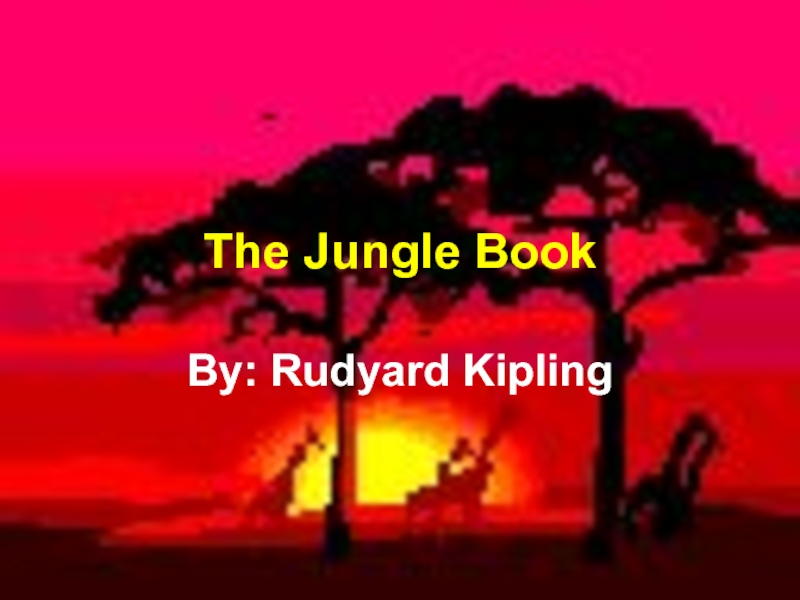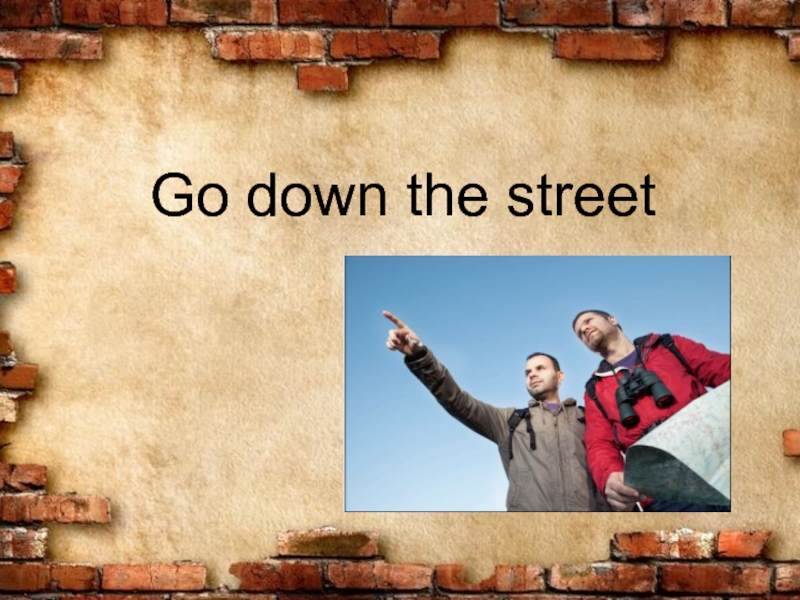Слайд 1Reading Lesson Plan
Pre-Reading
Goals: activate students background knowledge, provide language preparation,
motivate students want to read the text.
Activities:
- pictures
- prediction
- discussion
-
role-play
- guessing games
- word association tasks
- semantic mapping
- previewing\surveying
Слайд 2While-Reading
Goals: help students to understand specific content and main ideas
of the text, promote active engagement with the text rather
than passive reading.
Activities:
- students may be provided with questions to answer about the text
- providing students with outline\diagram\flowchart for them to complete while reading the text.
Слайд 3Post-reading
Goals: review content, work on bottom up concerns, consolidate what
has been read by relating the new information to the
learners’ knowledge, interest and opinions.
Activities:
- place students in pairs or small groups for discussion
- review main ideas
- discuss discrete points
- writing assignment
- discussion
- debate
- role-play
- project work
Слайд 4READING ACTIVITIES IN THE CLASSROOM
Слайд 5TEN THINGS TO DO BEFORE READING:
Ask students to brainstorm for
answers to the following questions, then write ideas on the
board.
Look at the title and the headings for each section. What do you think this passage is going to be about?
Look at the pictures. What do you think this passage is going to be about?
Read the first and last paragraphs and the first sentence of each paragraph. What do you think this passage is going to be about?
Read the title. Now quickly scan the passage and circle all the words that have a connection to the title.
Scan the passage and cross out all the words you don’t know. After you read the passage again carefully, look up the words in a dictionary.
Слайд 6After looking at the title, pictures and so on, brainstorm
the specific words you expect to see in the passage.
After
looking at the title, pictures , make up some questions you think this passage might answer.
What kind of passage is this? Why would somebody read this? For information? Pleasure?
Summarize the passage and ask students to take notes or draw a picture of the story as you speak.
Have everyone read the passage.
Слайд 7Pre-reading activities:
ASKING THE RIGHT QUESTIONS
locate a medium length article that
might include some graphs or pictures
from one copy of the
article, cut out titles, subtitles, graphics, the first paragraph and the last paragraph
divide class into small groups and have them survey these items
ask students to write down a list of at least 5 questions that they think the article will answer
ask groups to share their questions with the class. Discuss questions and why they think the article will or won’t answer the questions
have students read a copy of the article and then answer their own questions.
Слайд 8 K-W-L CHART
- before reading a story or article
about a particular subject, ask students to share as a
group what they KNOW about the subject
teacher will write this down in a column under the word “Know”
teacher will ask students what they “WANT TO KNOW” about the given topic and will write down what students say under “Want to know” on the board
class will read the story or article
after testing for comprehension teacher will interview students and ask them what they “LEARNED” about the topic and write that under “Learned” on the board
Слайд 9TELL A TALE OF GUESSWORK
- teacher will share with students
the main characters in a story and a bit about
them
- the students will make up their own imaginary story about these characters-they will do this in 1 minute’s time
- the students will tell their story to each other in groups and groups will vote on the best story
Слайд 10While reading activities
QUICK SKIM
- students will all be given the
same reading
- they will drag their finger down the middle
of the page for about 15 seconds, until the teacher says stop
- students can get in groups and discuss what they read, the words they saw
- the group with the most ideas wins
- it’s often surprising for students to see how much they can take from a passage after only briefly skimming
Слайд 11LEA (Language Experience Approach)
- beginning students will dictate texts to
each other in their own words
- partners will write down
what the students have said and the students will read the text
- partners ask the questions about the text and students will answer them
- partners will retell the text in brief to each other
Слайд 12Post-reading activities
UNIVERSAL QUESTIONS
The following questions may be used when reporting
on various extensive reading activities.
- What is the topic of
your article?
- What was the author’s purpose in writing the article?
- Give at least two examples or pieces of evidence from the text which support the author’s main idea?
- Write an outline of the article.
- What new fact or idea did you learn from this article?
- Is the author mainly objective or subjective? What clues you to your conclusion?
Слайд 13READ AND DRAW
- teacher will divide a story into different
parts and distribute them to small groups or pairs of
students
- students will read their part of the story and draw a picture representing what happened in their part of the story
- students will tape pictures to the wall in order and will present their part of the story in order
Слайд 14FIND A SENTENCE
Students will read a story or paragraph and
teacher will ask students to find one sentence and write
it down to share with the class or in small groups. Offer students one of the following options:
a beautiful sentence
a very interesting sentence
a surprising sentence
a sentence that contains the main idea
a sentence the student doesn’t understand
a sentence that reminds the student of smth
a sentence that makes great sense to student
a sentence the student agrees or disagrees with
a sentence that upsets the student
Слайд 15Now you will watch a video sequence devoted to the
reading. But before watching answer the following questions:
What types of
reading do you know?
How do you motivate your students to read?
What is the purpose of reading?
What are the roles of pre, while and post reading tasks?
What reading activities do you take in your classroom?
Do you work on language material when you work with reading text? Why\why not?
Слайд 16Lesson Plan
Date:
Group:
Subject:
Theme:
Level:
Instructor:
I. Aims:
II. Objectives:
Equipment:
Literature:
Слайд 17Procedure of the lesson
Activity descriptions
Minutes
1. Organization moment
a) Greeting
b) Talking about the objectives of the lesson
Warming up
(tongue twisters, proverbs or sayings, quotations, songs, question-answer, games, descriptions, etc. according to the language material, pictures, prediction, discussion, role-play, guessing games, word association tasks, semantic mapping, previewing\surveying)
Слайд 18III. Main stage
1) Working on the text (pre, while and
post-reading tasks)
2) Watching the film (pre, while and post-watching tasks)
3)
Speaking activity (stage1, 2, 3)
4) Listening activity (pre, while and post-listening tasks)
5) Game technology (description, stages to play)
6) Project modelling (description, stages to present)
Any activity you plan include to your main stage
Слайд 19IV. Conclusion. Making final comments.
Evaluation
Giving the home assignment (describe in
detail tasks to do or stages to work)
Слайд 20Prac teaching survival tips
Below you will see 15 steps to
a successful student teaching experience:
1) Use the school or college
library (methodology issues)
2) Come up early to class (jump on topics for teaching, highlight vocabulary, revise)
3) Review the curriculum (ask for a teacher editions, unit plans or workbooks to gather facts and ideas)
4) Prepare a speech introducing yourself (it should stress your appreciation and availability to students)
5) Adjust your schedule to your teacher of your academic group or mentor
6) Set up an observation schedule
7) Help to grade papers
8) The office is the hub of the school (be friendly and smile)
Слайд 219) The teaching relationship is based on trust and respect
(discover which students have behavioral or learning difficulties, be organized
and methodical, start with tight control, use a clear speaking voice with sufficient volume to be heard at the back of the class, but do not speak more loudly than in necessary, praise, encourage your students than to criticize, if you cannot resolve problems ask one of the members of the teaching staff)
10) Personal presentation (eccentric mode of dress, casual appearance)
11) Lesson notes (structure and content of the lesson, plan of implementation)
12) Audio\Visual Equipment (prepare in advance, avoid equipment failure, be prepared for the unexpected in case you are unable to give the planned lesson because of sudden unabailability of equipment or change of room)
Слайд 2213) Learning from experience (after each day’s practice you should
complete a brief critique of each lesson, speak or consult
your classroom teacher or mentor, observe the lessons of experienced teachers, invite your mentor to write an observation for you)
14) Asking for advice (never, ever, be afraid to seek the advice of your mentor or class teacher)
